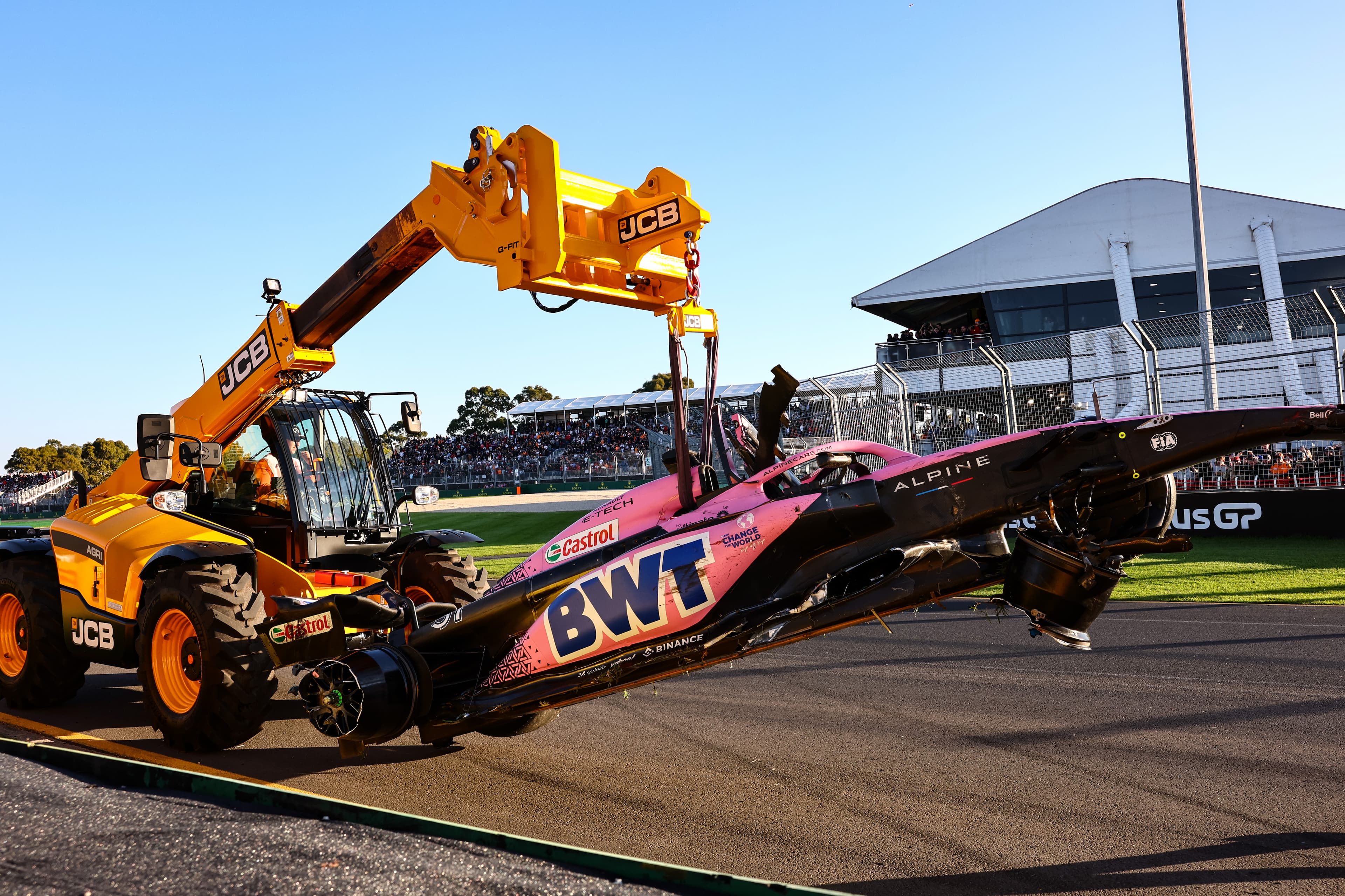

Pierre Gasly is not a Formula 1 driver who deserves a race ban – but he’s probably very lucky to have escaped without one after his clash with Alpine team-mate Esteban Ocon in the Australian Grand Prix.
Gasly drove a stellar race in Melbourne right up until the point he locked up at the second standing restart, skated across the grass at Turn 1, rejoined at Turn 2 and then collided with Ocon.
His initial misjudgement at the first turn – and he was hardly the only driver to do so – wasn’t avoiding action for the Carlos Sainz/Fernando Alonso shunt as it first may have appeared, but a simple error on cold brakes.
This lurched Gasly across the grass and out of a window of safety that he would have otherwise sat in had he made the corner properly.
Instead, he rejoined ahead of a pack of cars that had a clear speed advantage. The leaders of that pack overtook him, and Ocon attempted to do the same going to Gasly’s right at the exit of Turn 2.
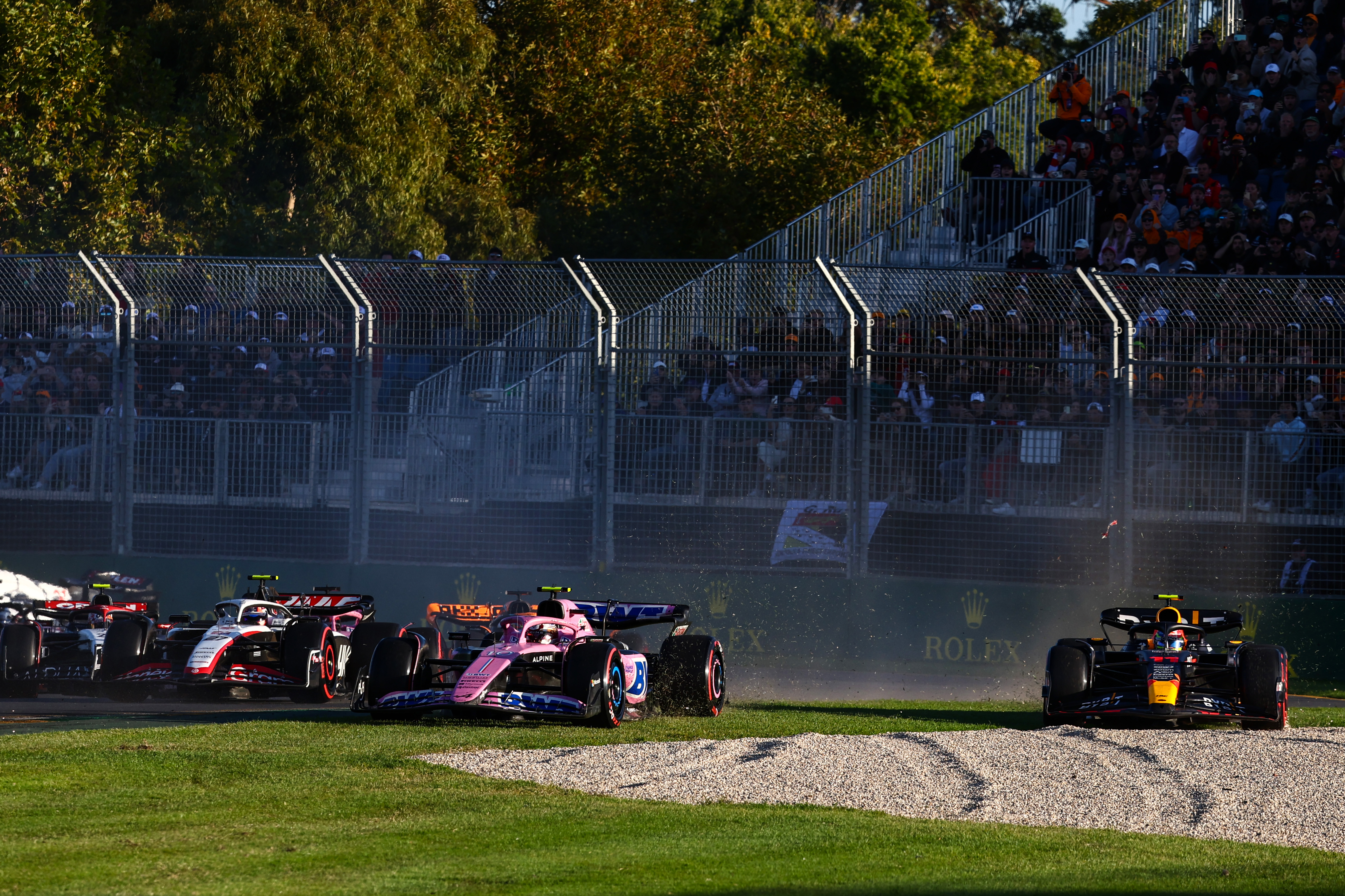
From the replays of the incident, it’s clear to see Gasly looking to his left at the cars that have passed him already rather than Ocon who is quickly slipping alongside him.
No glance to the right is made and the cars tangle in a devastating way for Alpine.
The stewards determined that it was “a first lap racing incident” and said both drivers “recognised and accepted this as such”, so no further action was taken.
Alpine team boss Otmar Szafnauer said both drivers apologised for the “racing incident” and they were both responsible.
“As far as trying to blame one or the other, I don’t think that’s the right thing to do,” Szafnauer said when asked by The Race who he blamed.
“The right thing to do is learn from it. But there’s so much chaos there and you’ve got to make quick decisions.
“If you look at the onboard and the replay, [Yuki] Tsunoda gets through, Esteban tries to follow him, you don’t know where Pierre’s going to go and Pierre doesn’t know who’s there.
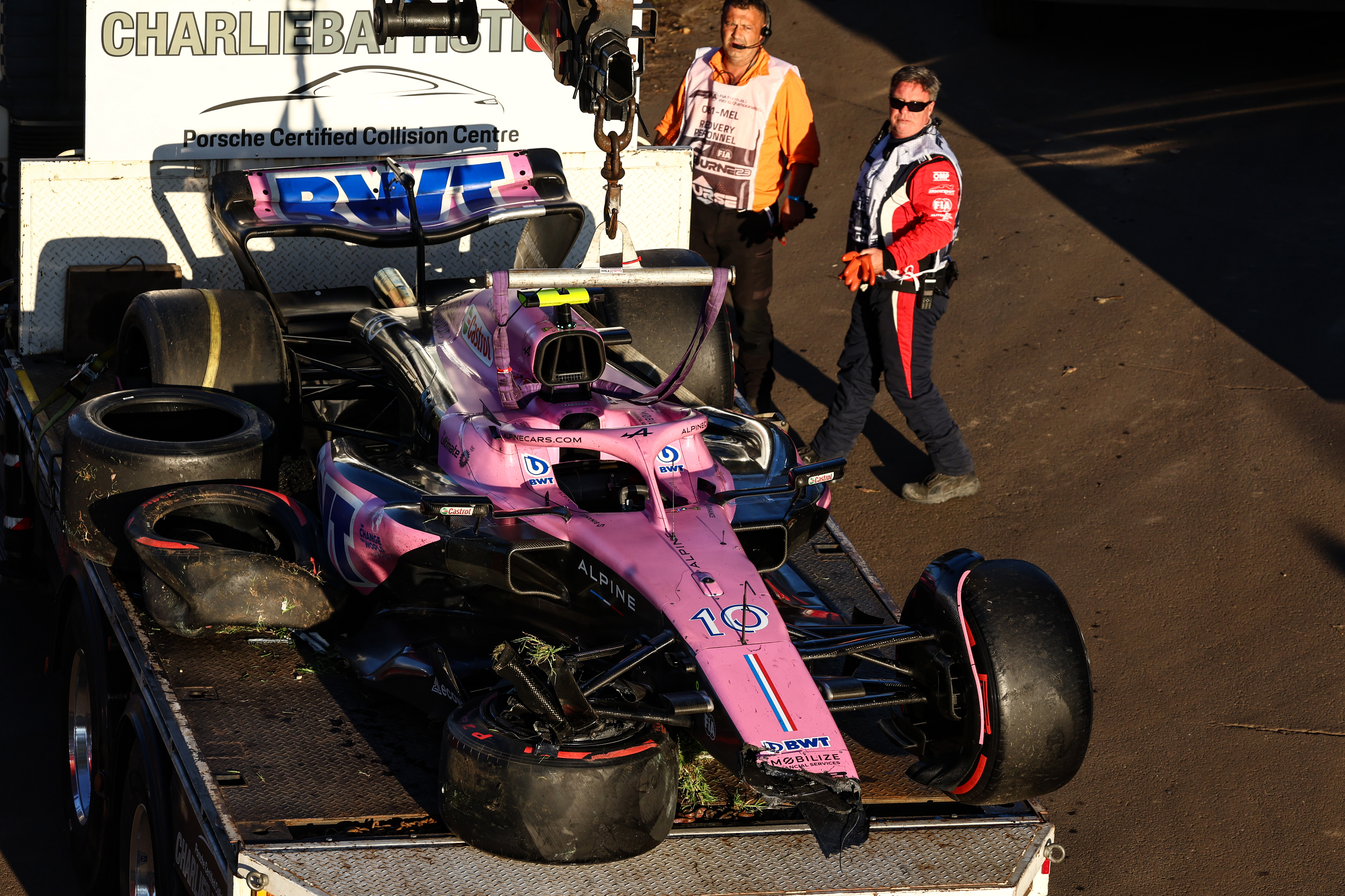
“So he’s just trying to get onto the racing line. It’s not like he’s looking in the mirror seeing somebody and saying, ‘Well, I’m going to block them’.
“He’s looking the other way, getting on the racing line thinking no-one’s there.”
Szafnauer was right that there was no malicious intent and making rapid decisions at race starts is tough, but he also confirmed the slightly careless lack of awareness from Gasly – especially given he was rejoining the track at a slower speed. It would seem logical to check both mirrors for faster cars emerging.
“Pierre rejoins and can’t accelerate because he’s got grass on his rear tyres,” Szafnauer explained.
“So the acceleration isn’t as much as the acceleration of those behind him. And he’s got one car that goes past on the right, another one that’s trying to go past on the right, and another one that’s going past on the left.
“So whatever you do, you’re going to hit somebody when they’re trying to overtake you.
“If the guys behind lift and allow you to accelerate, you have no issues. But unfortunately, they don’t lift.”
Again, there’s hyperbole here that makes the collision seem more inevitable than it was.
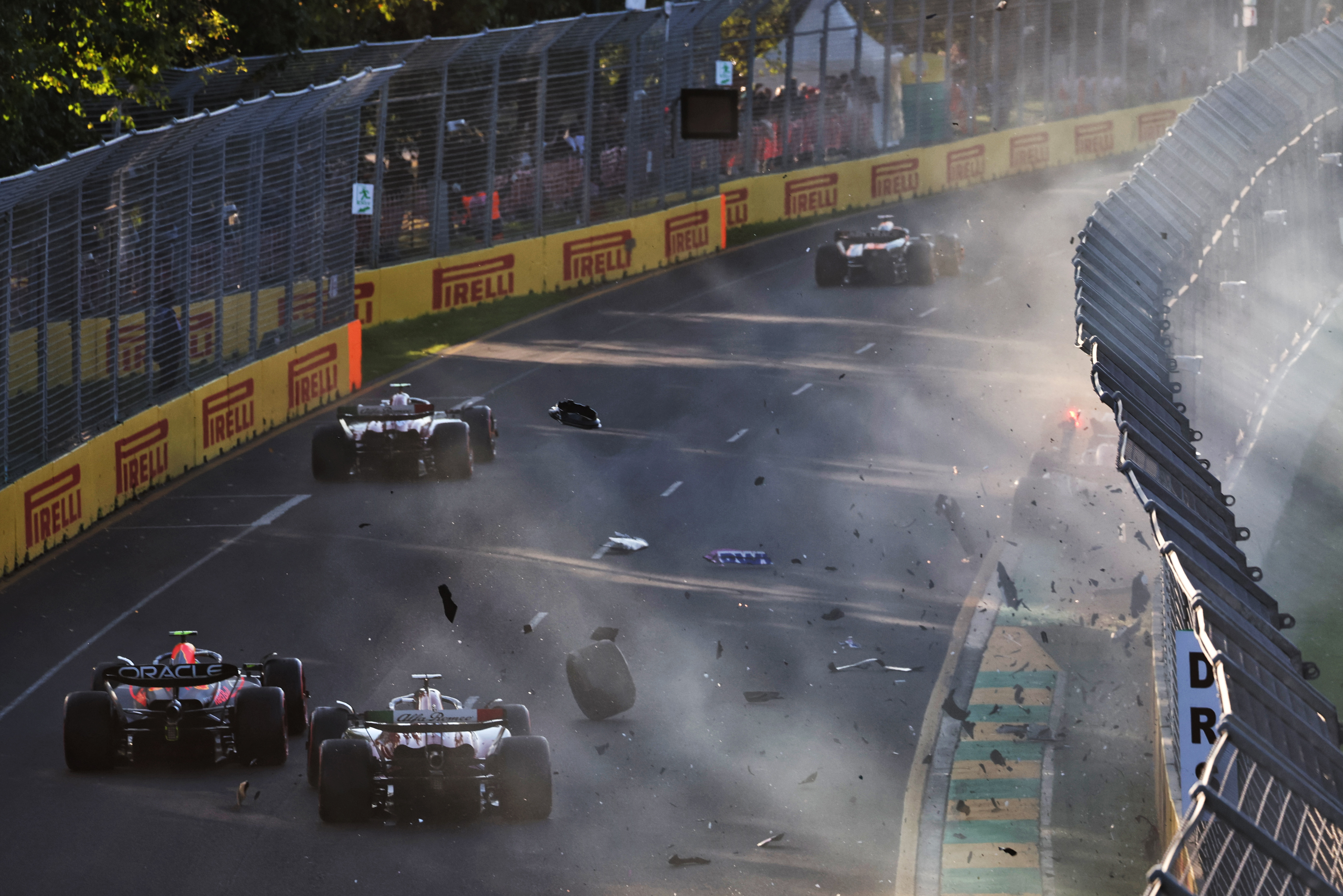
Gasly did have a stream of cars to his right – the same side Ocon would attempt to go to – but he didn’t have any cars passing him on his left. McLaren’s Oscar Piastri looked to be setting that up for further along the run to Turn 3 but he was closing onto the back of Ocon, not Gasly.
Szafnauer’s claim that both drivers apologised is also somewhat at odds with Ocon’s comments after the race.
“After the chaotic restart it could have been anyone I collided with – a lot of cars were going off,” said Ocon.
“It ended up being Pierre not leaving me much space but no hard feelings. He came and apologised and, as I say, it could have been anyone.”
You can clearly deduce that Ocon blamed Gasly for “not leaving me much space”, even if he clearly accepted his apology – and credit to both drivers for handling the situation calmly and further dispelling the notion of there being any hostility between them.
But there’s no hint of responsibility on Ocon’s part and that’s a reasonable position to assume when you watch his onboard.
Perhaps he could have been more cautious and recognised Gasly might not be aware of him, but he’s just watched a couple of drivers do exactly what he wanted to do earlier in Turn 2.

A cynic would conclude what’s transpired is an internal discussion and realisation that Ocon apportioning blame on Gasly and calling for a penalty would be a detriment to the team given Gasly’s perilous penalty points position.
Gasly edging closer to a race ban has been a story since he was (rightly) handed two points for speeding under the red flag at last year’s Japanese Grand Prix.
That incident brought his tally up to nine – three off the 12-point total that will trigger an automatic race ban – and even though he dropped two points he managed to pick up three more during the Austin-Mexico City double-header that took place after Suzuka.
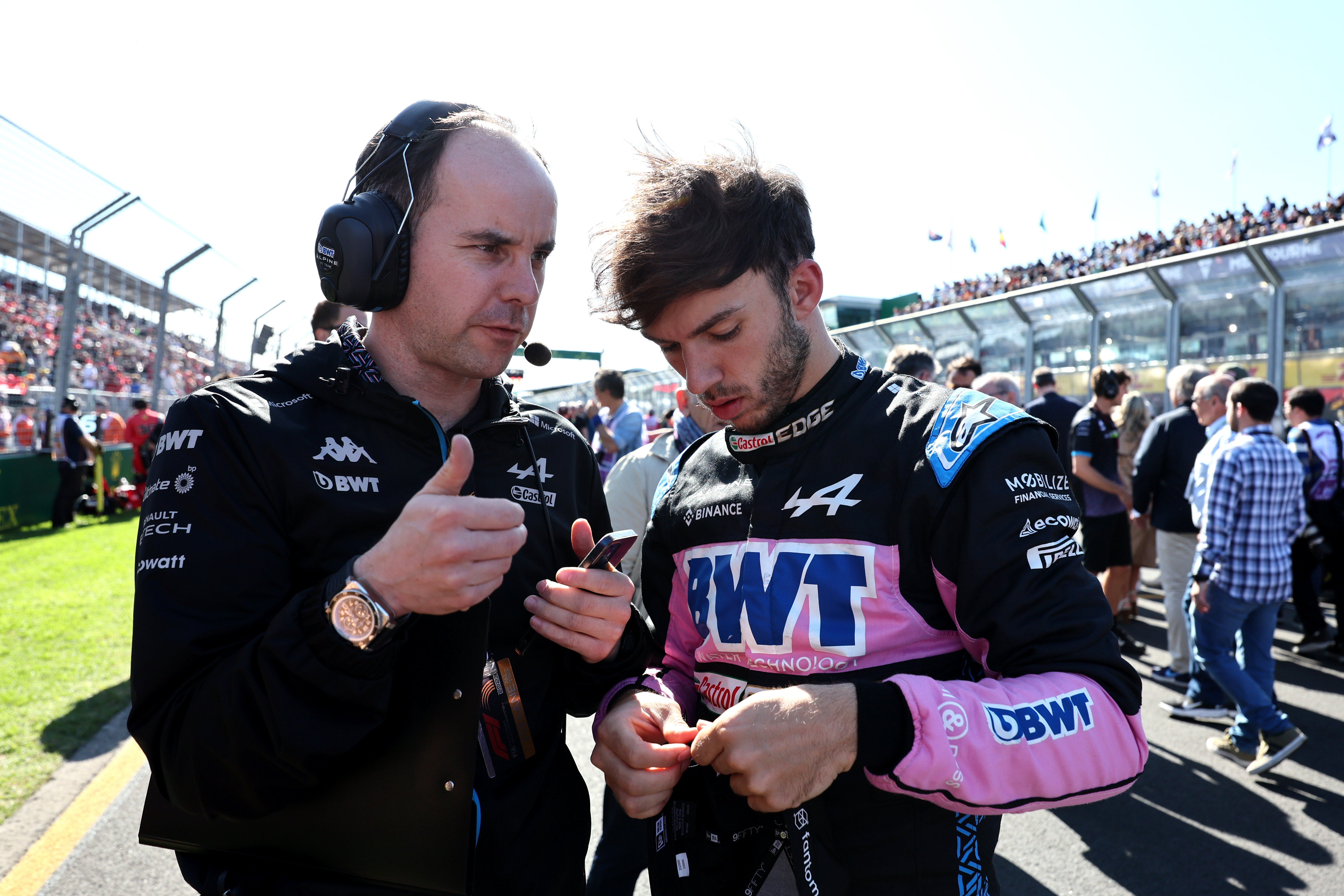
It left him on 10 points and he is still in the ‘danger zone’ of a race ban with any two-point offence – often handed out for causing a collision or not respecting yellow or red flags – taking him to the 12-point threshold.
Gasly hasn’t been reckless and the three points he’s picked up for track limits and falling to just beyond 10 car lengths of the next car under the safety car hasn’t marked him out as a dangerous driver, but the whole reason the ban is automatic is to make it clear-cut rather than requiring a subjective debate on whether a driver deserves to be banned to take place.
And you can’t help but feel Gasly might have deserved to be handed penalty points in the way Sainz was handed two penalty points and a five-second penalty for tagging Alonso and turning him round.
In the case of Sainz the stewards concluded that while it was a ‘first lap’ incident that often necessitates a more lenient judgement, “there was sufficient gap for Sainz to take steps to avoid the collision and failed to do so”.
Could the same not be said of Gasly and his failure to take account of his speed difference, check his mirrors and leave space for another car emerging on his right?
There’s a sense of warped justice that Gasly wasn’t banned because as mentioned he’s by no means in the same category as previously banned drivers like Romain Grosjean, who was often a danger during his first full-time season in 2012 and subsequently (mostly) learned from it. The penalty point rules clearly need to change when a driver like Gasly is at risk of a ban when some of his penalty points have been given for offences which weren’t dangerous (like abusing track limits).

But moral justice or one’s opinion on the written rules is not a consideration that should come in when applying the rules. If it’s wrong, then the wording of the rules should change, not the correctness of their application.
And the fact that this collision took place between two team-mates shouldn’t change the need for the appropriate action – even if it’s probably made a difference in the past too.
It should be taken into account that Alpine has a clear interest in ensuring Gasly doesn’t receive further penalty points so he isn’t banned.
Think of the wider implications of stewards being more lenient towards intra-team collisions if the team representative and drivers play down the incidents – there’s the risk that drivers who fall out of favour within a team or a driver whose team-mate is fighting for the title when they’re not are going to have a weaker case made for them than their team-mate.
Then there are the links between teams, whether it be customer deals (like Mercedes and Williams) or shared owners like Red Bull and AlphaTauri, that need to be taken into account when assessing the drivers and team representatives’ views on an incident.
So the Australian GP stewards’ no further action settlement with minimal justification rightly confused a lot of fans and opens up some uncomfortable questions over how intra-team clashes and ‘first lap’ incidents are policed, as well as the cautious judgement of drivers on the fringes of a race ban.
Gasly didn’t deserve to be barred from racing at the Azerbaijan GP, but he probably should have reached the 12-point threshold that would have forced him to be.




